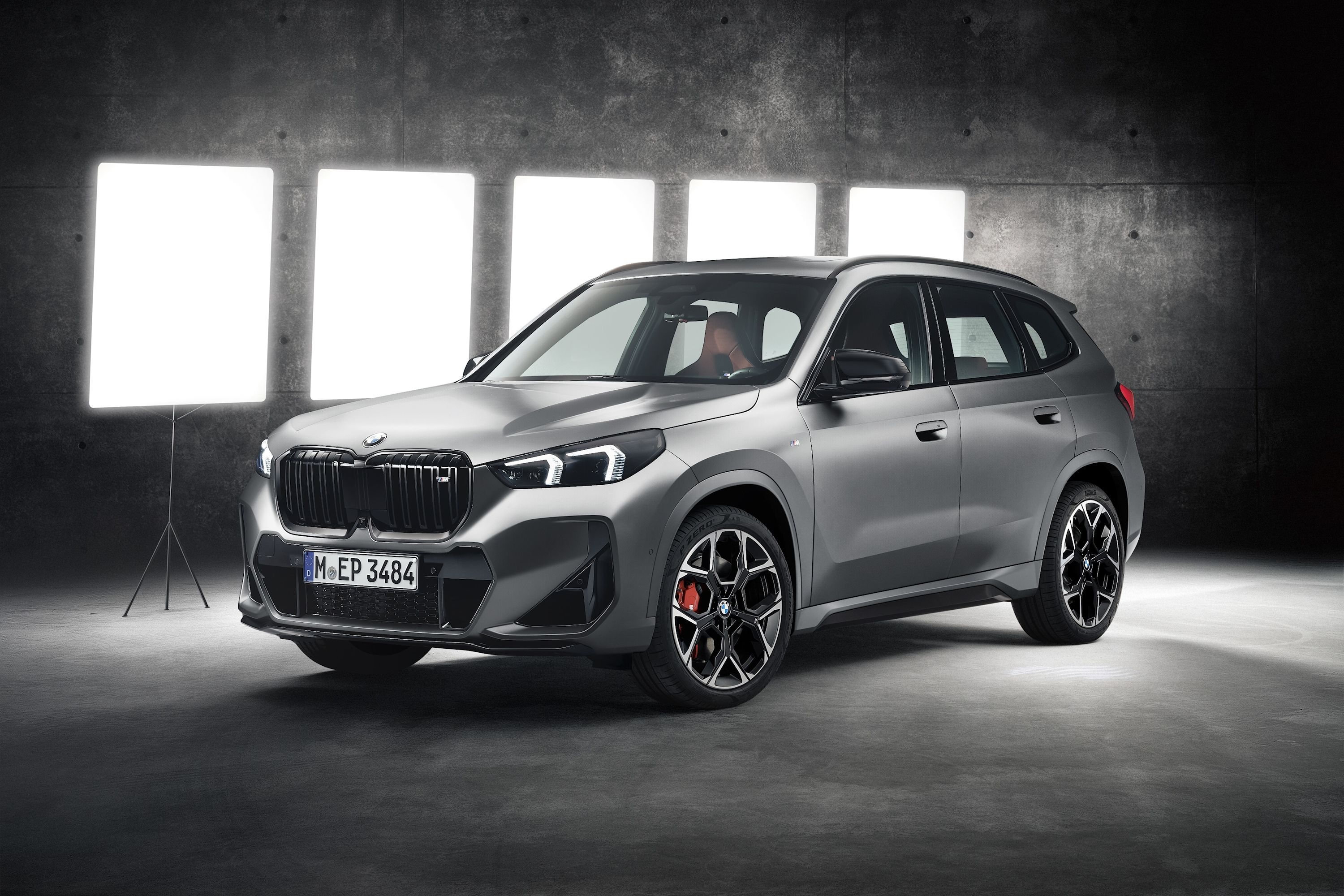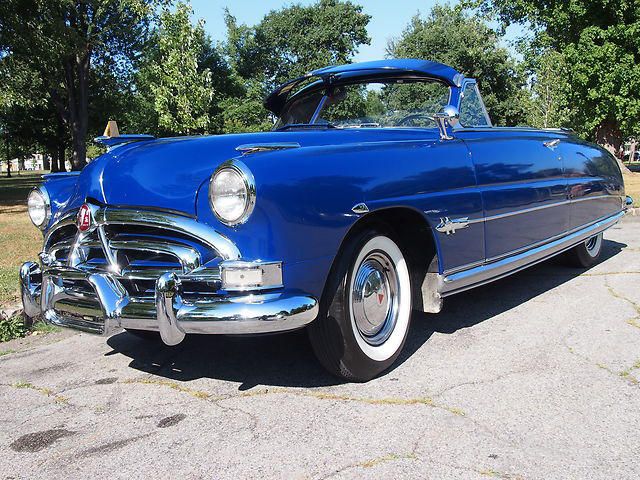
After the allied victory in World War II, America went into an economic boom period and the days in which automakers were forced to adjust their mass production capabilities for the war effort were over. In other words, they were free to build and design new cars once again instead of producing tanks and bombers. The time away from doing this clearly created plenty of fresh ideas among designers and engineers, therefore the early 1950s became a golden era for chrome and flashy styling.
It was then that automakers such as Packard, Nash and Hudson were true competitors to the likes of today's Detroit Big Three. The former are sadly all gone now, but their historical influence remains. Of the three, the Hudson Hornet was the car that not only helped to usher in this new era of design, but it also went on to dominate the NASCAR race track. Launched in 1951, the Hornet was different than many of its competitors because of its famed "step-down" design, where the body and frame merged into a single piece. The visual effect was quite something to look at and due to this unusual design it had a lower center of gravity which in turn improved handling.
Passenger space was also generous as taking the family for a leisurely Sunday drive was very common. The Hornet was available as a coupe, convertible or a sedan at launch and was powered by a 5.0-liter straight-six engine with 145 horsepower and 275 pound-feet of torque. That's not a misprint as this engine was the largest displacement six-cylinder in the world for its time. Not surprisingly, racing tuners took note and soon began to improve performance. Every year through 1954, the Hornet received various power upgrades along with some styling tweaks, but that year was also the last for the Hudson Hornet.
The following year, a redesigned Hornet came to market, but the Hudson brand was now a part of the newly formed American Motors Corporation, which was a merger of the Hudson and Nash-Kelvinator automakers. The second-gen model no longer had that cool step-down styling and was much more conservatively styled. While still offered with powerful engines, this new Hornet simply didn't catch on like the original and production ceased altogether after 1957. To be fair, the second-gen Hornet received solid reviews for its safety, braking system, handling and acceleration abilities.
This 1951 Hudson Hornet, which underwent a full restoration in 1994, is just one of 500 convertibles built that year. Considering the restoration is 18 years old now, the car's overall condition remains excellent. There are a few minor scratches on the body, but the overall mechanicals and chrome work are sound. It has won several awards at various car shows throughout the US and the current owner takes it out for a spin nearly every weekend. With just under 70,000 miles on the clock, this beautiful Hornet Convertible is currently up for sale on eBay. As of this writing, the current bid was $36,110 but the reserve hadn't been met yet.

